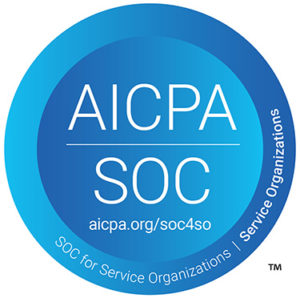|
In the second article in this series on best practices in project management, we discussed defining the project scope. Defining the project’s scope is crucial to managing time and costs of the project, as well as required resources. Adding these features, also known as “gold plating” and “scope creep” not only adds time and cost, but it can also add risk to the project. However, once the project is clearly defined and the scope is set, the next task is to manage the project so that it stays within scope. Project Scope DefinedProject scope, according to PMBOK, is defined as “The work that must be performed to deliver a product, service, or result with the specified features and functions.” The project scope is dependent on the product scope, which is defined as, “the features and functions that characterize a product, service or result.” So, project scope management ensures that the both the product scope and the project scope are monitored and maintained.
The tools that are used to manage project scope include the Work Breakdown Structure (WBS) which was also addressed in an earlier article of Digital Communications. However, the WBS breaks down the project into smaller, more manageable work units known as work packages. The elements of the work packages are defined in the WBS Dictionary. Details MatterThere are several factors that can lead to scope creep and those factors go to the very beginning of the project management process. The first factor involves poorly defined project deliverables and project plan. The less detailed the definitions the more likely the project is to get off course. A well-defined target is easier to hit and easier to know when it is being missed.
In addition to having a poorly defined project plan, the project can be lacking on details when it comes to requirements for the project. If resource requirements are not well detailed up front, the project will quickly run into cost and time overages as the project manager scrambles to fill in those missing resources. These are captured in a well written statement of work and project plan.
Additionally, properly identifying and assessing and accounting for potential risks to the project will also prevent scope creep and the project getting off schedule and budget. Once these are identified, creating a risk mitigation strategy for each risk will help to control project scope. Communication BreakdownInadequate communication can also lead to scope creep as team members or stakeholders take it upon themselves to add features and functionality to the project’s product without communicating through the proper channels and getting the proper authorizations. Regularly communicating the progress of the project will also prevent scope creep as team members and stakeholders are kept aware of the status of the project. Also, communicating the status of open issues will also keep scope creep in check as team members and stakeholders are all aware of roles and responsibilities in addressing these issues. Creep ControlFinally, having the proper controls in the project plan and execution will control scope creep. When all team members are aware and utilizing the stated change management process to introduce and manage required changes to the project, surprise changes are reduced or eliminated.
The project’s success or failure rests heavily on controlling the scope of the work to be done. Scope is one of the triple constraint factors of any project and, as we have seen, scope also affects the other factors of cost and time, as well as risk. For more information on scope control or other factors involved in project management, contact Paul Rupple, PMP at 847-446-2285. |
 |




